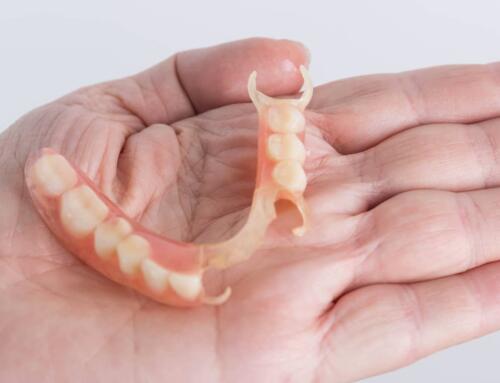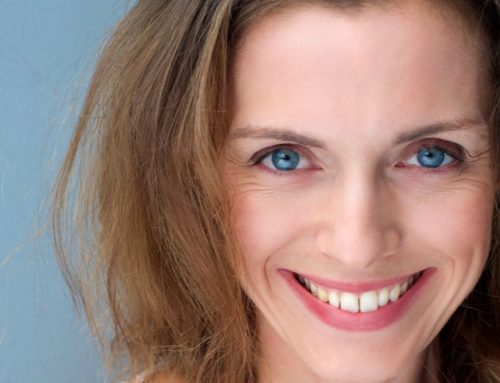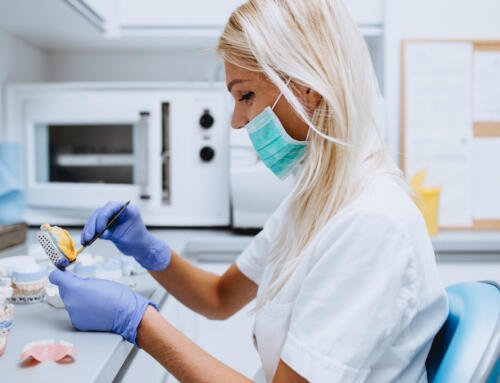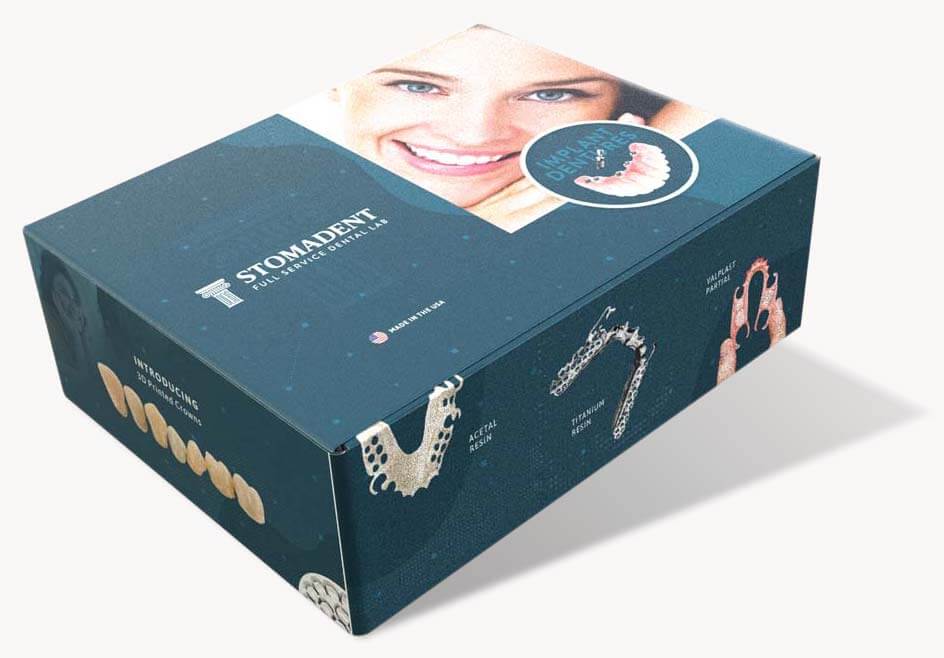
By David Hudnall, DMD
Many dentists avoid offering flexible partial dentures as a viable tooth replacement option for their patients either because they don’t know much about them or because they have tried them in the past and had a hard time delivering the partial to meet the patient’s satisfaction. TCS partials vs. Valplast offer restorative solutions that no other removable appliance can.
Flexible partials are very technique-sensitive to fabricate. That is why working with a certified laboratory that is specifically trained in its design and manufacturing process is critical to obtaining a restoration that fits correctly with minimal adjustments.
Let’s talk about some of the benefits offered by TCS partials vs. Valplast, the proper indications for use, and how to find a laboratory that is intimately familiar with the properties of the materials so that you can begin to include them in your arsenal of offerings.
TCS Partial vs. Valplast Ideal Uses
The indications and uses for both TCS Partials vs. Valplast partials are similar, as both removable prosthetic materials work equally well in the following clinical situations:
- An economical solution for replacing missing teeth
- Flipper to replace one or a few missing teeth in the anterior segment of the mouth
- Unilateral partial to replace one or two missing teeth
- As a temporary healing appliance for patients undergoing implant integration
- Patients with a history of allergies to dental materials containing nickel or monomers
- Patients who have aesthetic objections to visible metal
- Flexible saddles may be combined with a metal framework for improved stability while taking advantage of gum-colored saddles and aesthetic clasps that secure the partial into place
Both materials have similar contraindications for use. These include:
- Severe buccal inclination of posterior teeth, unilaterally or bilaterally
- Less than 5mm of vertical clearance
- Collapsed bites
- Deep bites, especially with excessive overjet where lower anterior teeth contact the palate
- Flexible material is not suitable for the fabrication of complete dentures
Methods and Best Practices
In order for a TCS Partial or Valplast flexible partial to be a great restoration for your patient, it must be prescribed with the proper indications. Let’s talk about why these products are successful and should earn a place on your list of service offerings.
TCS Partial
The development of TCS flexible partials rests on the great success of Valplast, the innovator of tissue-supported flexible partial dentures. TCS took a great material a step further by altering the nylon-fiber ratio. TCS contains a greater quantity of resin compared to nylon, making it easier to heat, remold, and adjust to match the patient’s exact tissue topography.
Since the thermoplastic material engages in the undercuts present in the mouth and takes full advantage of them as retention, flexible partials are able to offer great strength without the bulkiness and heaviness associated with cast metal or acrylic partials. The material’s resistance to moisture absorption means that it is less likely to retain odors compared with acrylic resins.
Valplast
Valplast set the standard as an alternative to traditional cast metal partial dentures when they developed the first commercially available tissue-borne partial dentures for patients who find other types of partials uncomfortable. It is made with some of the most biocompatible material. Unlike some acrylic dentures, the thermoplastic appliance is comfortable to wear because masticatory forces are distributed evenly over the entire palate and support the alveolar ridge.
Since Valplast flexible partial dentures flexe with the contours of the mouth, while chewing, the baseplate provides stimulation to the jawbone during function, giving the alveolar ridge purpose.
Pros and Cons
Any type of restoration or dental treatment offers both benefits and drawbacks. TCS partials vs. Valplast are no exception. Many of the pros and cons listed here actually apply to both brands of flexible partials, as the indications for their clinical use, material properties, and fabrication methods are nearly identical.
TCS Partial
Because the clasps and saddles are fabricated from the same material as the baseplate, the clasps blend into the tissue with no delineation or change of material in order to gain retention. The most discriminating and aesthetically-conscious patients will be very pleased with the look of TCS partials because they seem to disappear in the mouth when fully seated.
Flexible partials provide added comfort to the patient, a form of comfort that many patients have never experienced with partials constructed from heavier or bulkier materials. However, TCS partials don’t work well when the patient’s lower ridge is extremely resorbed. If the patient has thin tissue or tissue that rolls over the ridge, the flexible partial can irritate delicate gingiva and nerve endings, and the partial may never be comfortable to wear.
While the idea of a flexible, complete denture sounds like a great idea, the baseplate material requires seamless contact with the lingual surfaces of natural teeth and tissue to provide support and retention. Therefore, complete dentures made from flexible materials are not a practical tooth replacement solution.
Valplast
While the cost of flexible partials is comparable to traditional cast metal partial dentures, the patient is receiving a lightweight, non-allergenic, metal-free solution to replace their missing teeth. Many patients find the extra benefits worth the premium cost, especially if the patient was unhappy with their former cast metal partial.
Unlike cast metal partials, which can torque abutment teeth, the majority of Valplast’s retention is derived from the baseplate and is enhanced by flexible clasps. Since Valplast flexible partials do not place heavy forces on the abutment teeth, they can be prescribed for patients who have compromised periodontium.
Valplast offers many benefits; however, the requirement for intimate contact with all aspects of the underlying tissue makes them unsuitable for immediate placement or placement after recent extractions. In addition, the Valplast material cannot be reliably relined, necessitating the replacement of the entire biocompatible material at an additional cost when shrinkage and tissue changes occur.
Benefits of Using a Top Lab for TCS Partials and Valplast
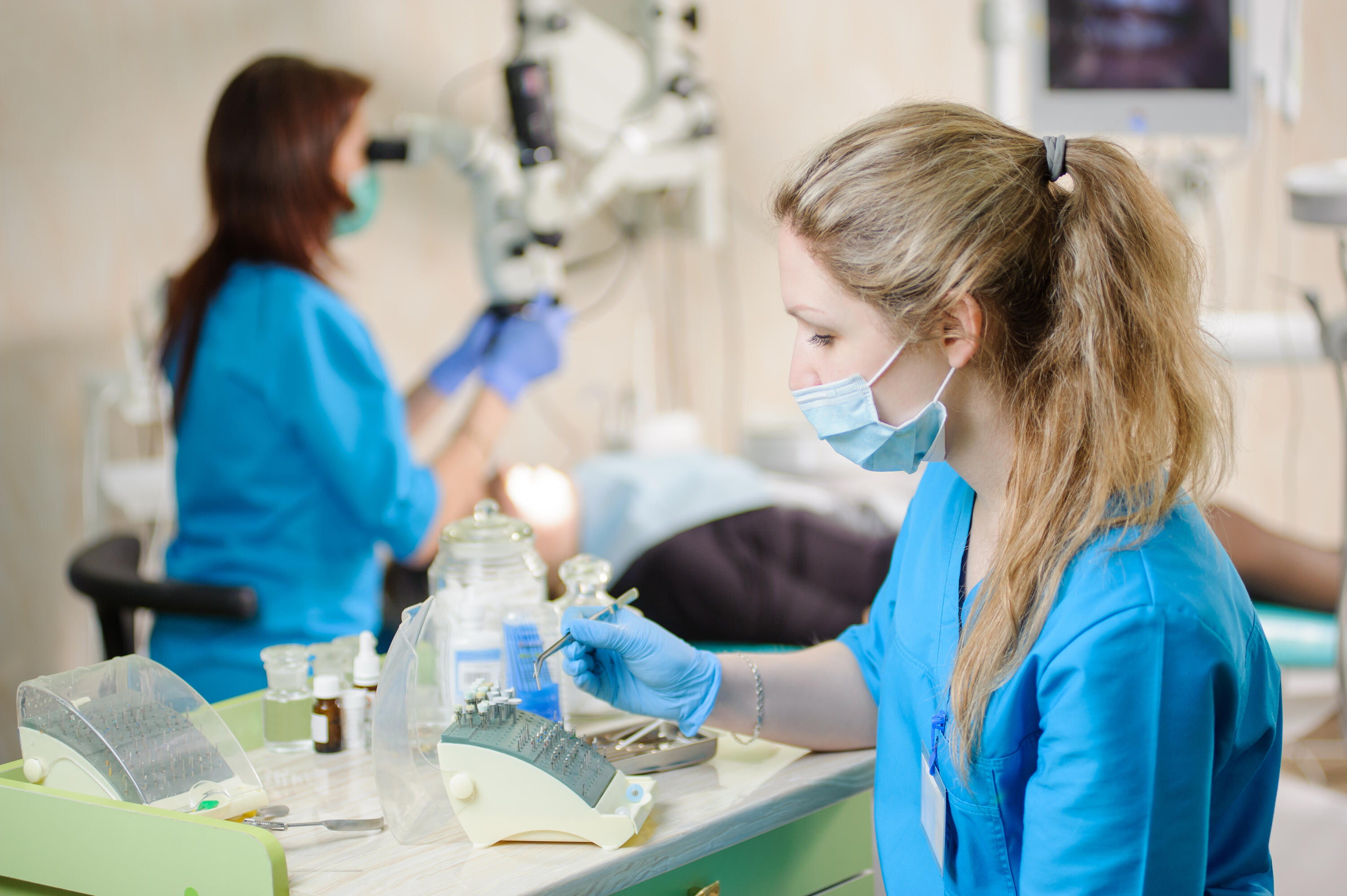
Many dentists who have tried TCS partials or Valplast partials in the past say they didn’t work out well or they required numerous adjustments in order for them to seat and properly replace missing teeth. When Stomadent Dental Lab makes a tissue-borne flexible partial denture, we block out the buccal ridge tissue. This is an extremely important step that many labs will skip because a duplicate model is required.
At Stomadent Dental Lab, our priority is you and the happiness of your patient. We anticipate the partial settling during the function. Therefore, we block out the buccal undercuts that may permit the partial to cut into the patient’s sensitive tissues before we construct the partial. Doing so prevents sore spots and numerous chairside adjustments.
Trust the dental professionals at Stomadent to deliver quality restorations every time!

![Partial Denture Clasp Types [Assessing Clinical Situations]](https://stomadentlab.com/wp-content/uploads/2024/03/dental-implant-model-dental-bridge-in-hand-dentis-2023-11-27-05-11-13-utc-scaled-500x383.jpg)
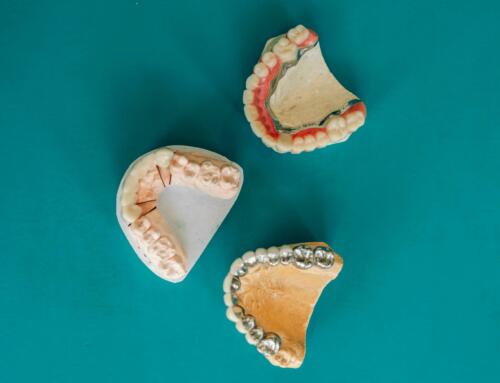
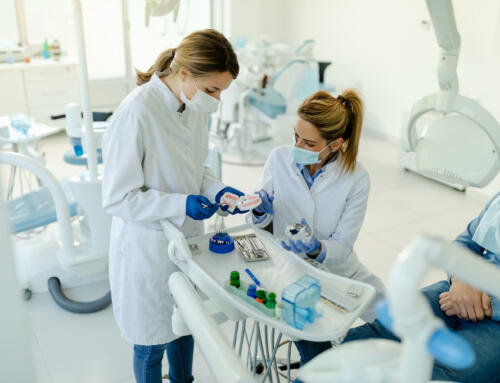
![TCS Flexible Partial vs Valplast [Comparing Denture Options]](https://stomadentlab.com/wp-content/uploads/2024/01/asian-elderly-woman-patient-use-toothbrush-to-clea-2023-11-27-05-03-35-utc-scaled-500x383.jpg)

